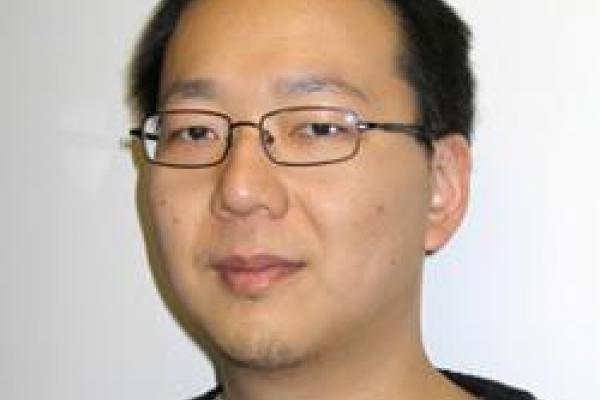
Title: The descendant $\textrm{Hilb}$/$\textrm{Sym}$ correspondence for the plane
Speaker: Hsian-Hua Tseng (Ohio State University)
Abstract: Let S be a nonsingular surface. A version of the crepant resolution conjecture predicts that the descendant Gromov-Witten theory of $\textrm{Hilb}^n(S)$, the Hilbert scheme of $n$ points on $S$, is equivalent to the descendant Gromov-Witten theory of $\textrm{Sym}^n(S)$, the $n$-fold symmetric product of $S$. In this talk we discuss how this works when $S$ is $\mathbb{C}^2$. We explicitly identify a symplectic transformation equating the two descendant Gromov-Witten theories. We also establish a relationship between this symplectic transformation and the Fourier-Mukai transformation which identifies the (torus-equivariant) K-groups of $\textrm{Hilb}^n(\mathbb{C}^2)$ and $\textrm{Sym}^n(\mathbb{C}^2)$. This is based on joint work with R. Pandharipande.
Seminar URL: https://research.math.osu.edu/agseminar/
